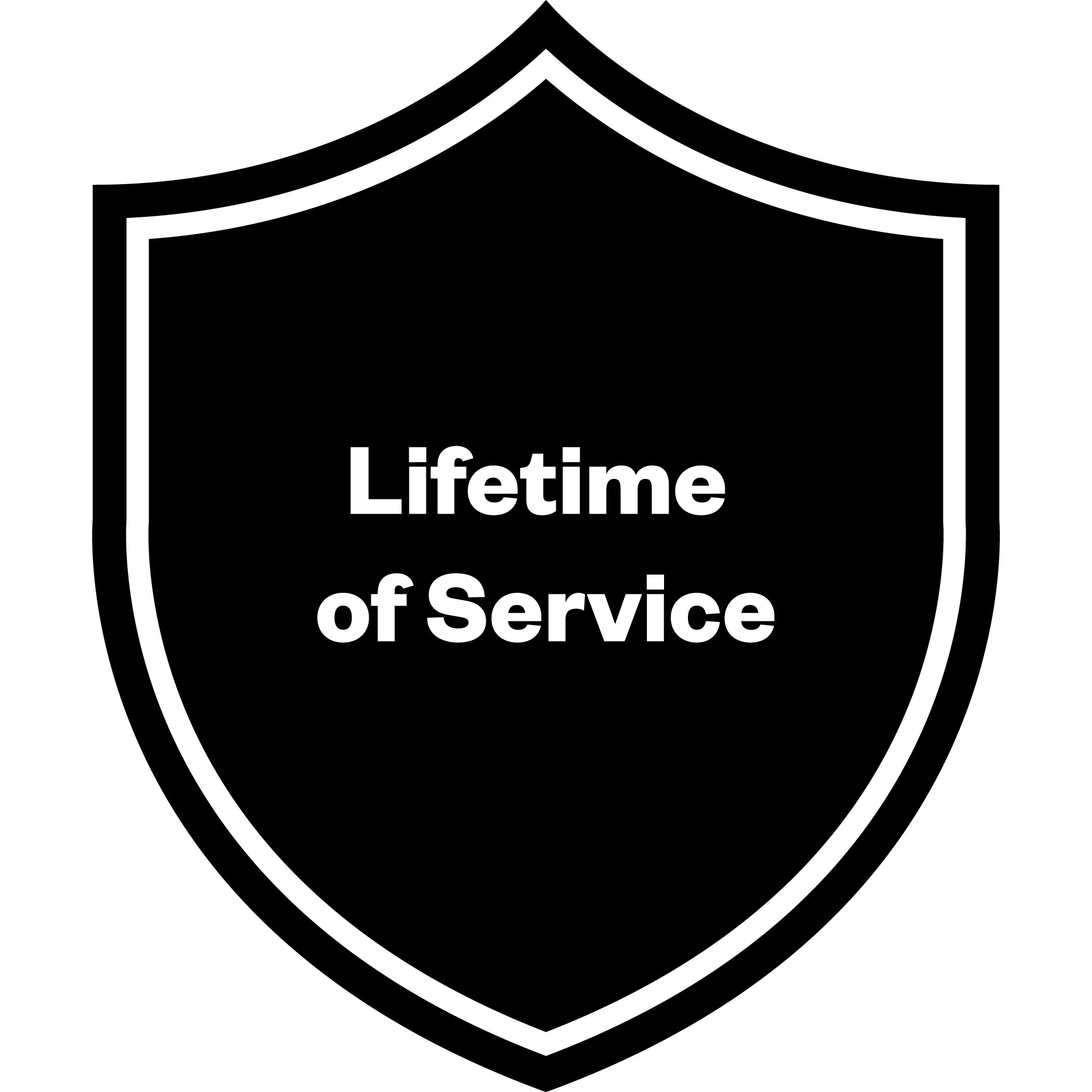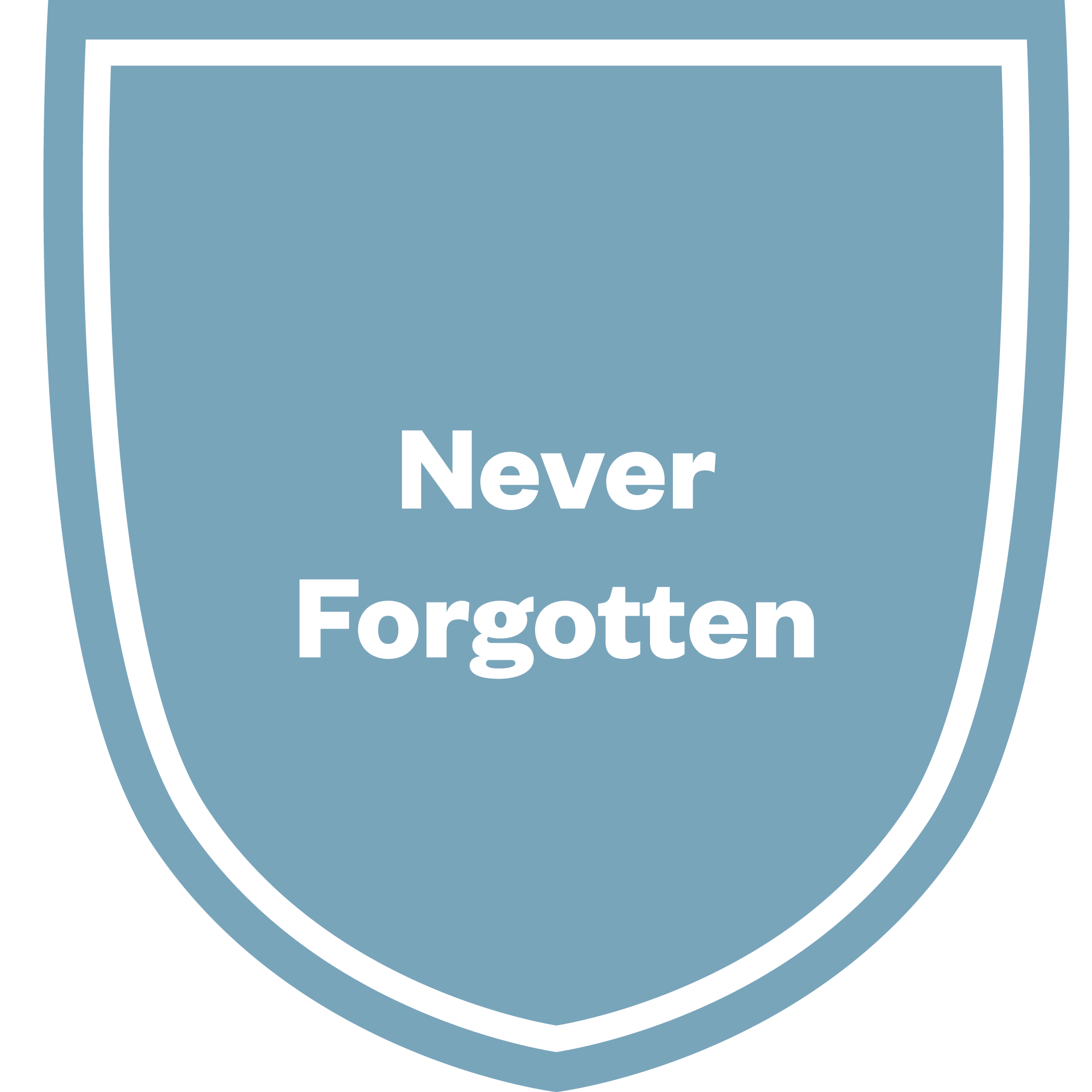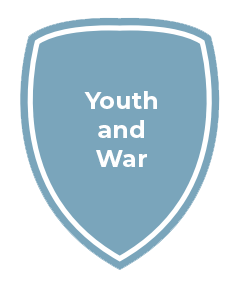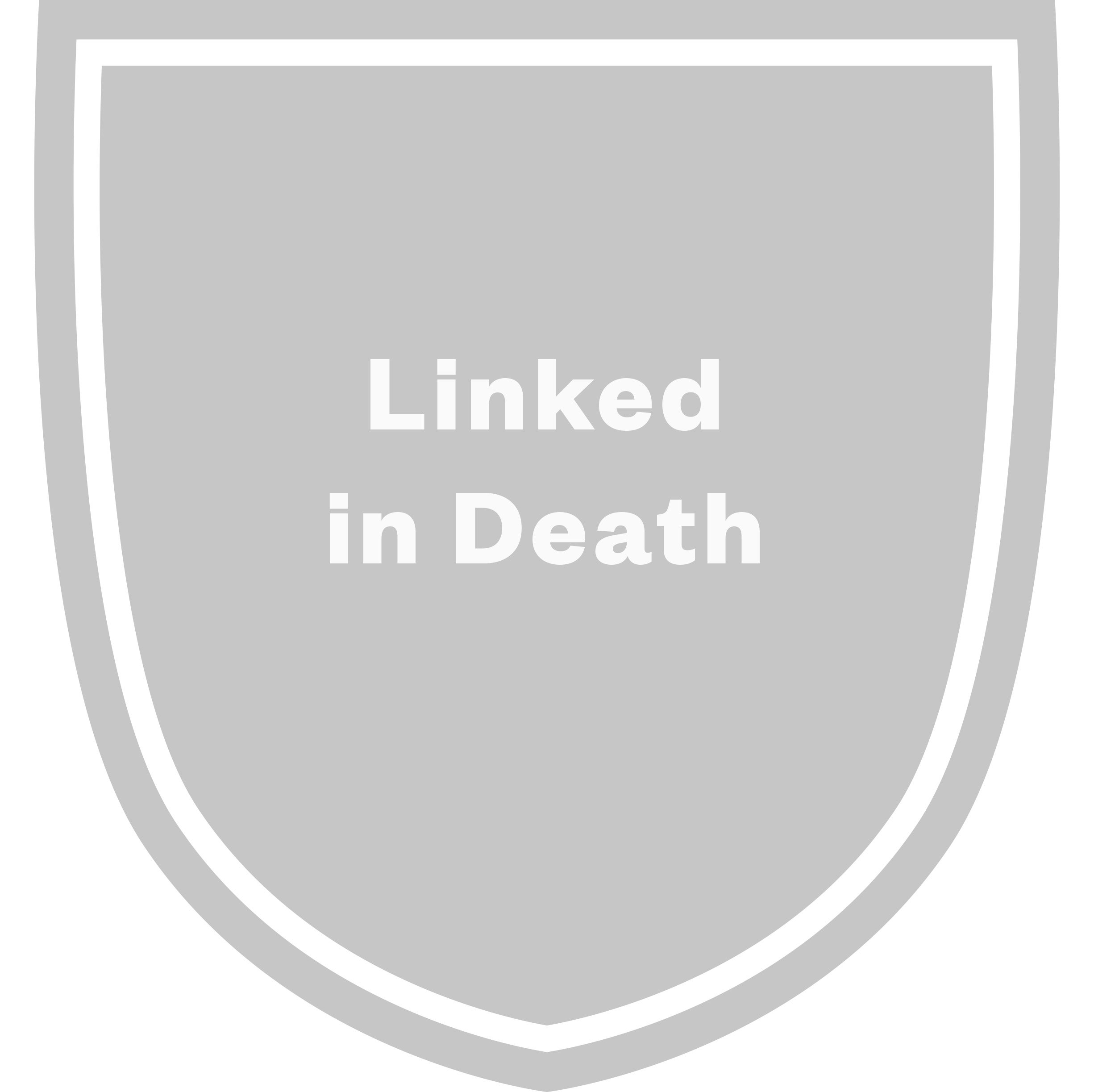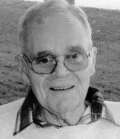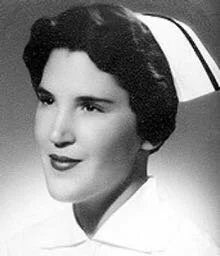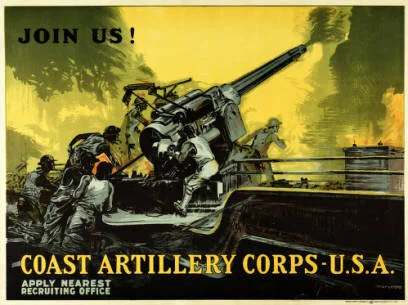Leo F. Arundale was born on January 31, 1892, in Grand Junction, Colorado. He was the oldest of three children and had a younger brother Thomas and a younger sister Elizabeth. Leo was born to William Arundale and Mary A. Riley.Unfortunately, Mary passed away by 1910, when Leo was just 18 and working as a farmhand in Grand Junction.Shortly after 1910, Leo moved from Grand Junction to Denver.
When the United States entered World War II, thousands of men put their lives on hold and instead risked them to serve their country. Sherwin George Desens was one of these men, and his decision to enlist began a decades-long career of service that took him from the skies above Normandy down to a prison camp in his grandfather’s homeland.
When the United States entered World War II, thousands of men put their lives on hold and instead risked them to serve their country. Sherwin George Desens was one of these men, and his decision to enlist began a decades-long career of service that took him from the skies above Normandy down to a prison camp in his grandfather’s homeland.
When the United States entered World War II, thousands of men put their lives on hold and instead risked them to serve their country. Sherwin George Desens was one of these men, and his decision to enlist began a decades-long career of service that took him from the skies above Normandy down to a prison camp in his grandfather’s homeland.
Harold John Gebhart was born to Bernard and Frances Gebhart on January 1, 1920 in Holy Cross, Iowa. He was the youngest of his four brothers: Chico, Arthur, Ervin, and Zeno
It takes great strength and character to dedicate a portion of one’s life to serve in the American military. It takes even greater integrity and grit to serve in three global conflicts: World War Two, the Korean War and the Vietnam War. Though Albert Abelson and his Jewish family faced many challenges while they lived in Lithuania, he became an American hero.
George Goll served in the Union Army during the Civil War from 1862 through his discharge in 1865. A member of the Ohio Infantry Regiment, George fought the Confederacy for three years as an artillery soldier, ultimately receiving severe wounds and an honorable discharge in April of 1865.
A man who dedicated both his professional and military career to the study of medicine, Dr. John Isadore Zarit was a leading specialist in the treatment of lung disease. Having served in both World Wars and achieved the rank of Major, Dr. Zarit was well suited for the many responsibilities that awaited him in civilian life.
During wartime, young people are often asked and expected to perform acts of unimaginable heroism. Gerald Kraus was one such young man who went above and beyond what was asked of him when enlisted in the Marines at just twenty years old, after the North Korean invasion of South Korea in 1950.
Emiliano E. Gimeno, born to Emiliano Jimeno Campuzano and Marcelina Fuentes Espinoza de Jimeno of Mexico, on January 24, 1921, served in the United States Navy during the Second World War.
When the United States entered World War II, thousands of men put their lives on hold and instead risked them to serve their country. Sherwin George Desens was one of these men, and his decision to enlist began a decades-long career of service that took him from the skies above Normandy down to a prison camp in his grandfather’s homeland.
William Howard McClure was one of the lucky few who not only survived the atrocities he faced while he was a Prisoner of War, but also made a life for himself in the aftermath of World War II.
Often, the phrase “American hero” connotes someone born and raised in the United States who bravely served our country without hesitation. But what if they were born in a different country, on an entirely different continent?
During wartime, young people are often asked and expected to perform acts of unimaginable heroism. Gerald Kraus was one such young man who went above and beyond what was asked of him when enlisted in the Marines at just twenty years old, after the North Korean invasion of South Korea in 1950.
On November 25, 1941, Jimmie was enlisted into the Air Corps; however, he would not remain in this position for long.
Irvin and Zouie Little Thunder share the story of so many 20th century Native children who were subject to cultural erasure, abuse, and distance from families so key to their resilience. They share the story of entering the U.S. military while experiencing unequal freedom and citizenship, fighting for the country that so often fought their existence.
In Section T2 at Fort Logan National Cemetery, Rolf Wagschal lays beneath a headstone adorned with the Star of David, an indication of his Jewish faith that may have encouraged him to fight during World War II.
When war broke out between the U.S and the Axis powers Bob felt like he had to prove he was an American. Bob, just like any other young person heard the patriotic call of the nation, to lend his ability to the war effort.
Joseph Katayama was born in 1926, in Salinas, Monterey County California to his father Moichi and his mother Sayo.
Battles have always been fought with weapons, but a modern war is fought with intelligence. Successful strategic planning requires trustworthy intelligence that can either reveal or predict the enemy’s actions.
Garrett Samuel Voorhees was born in Denver, Colorado in August of 1892 to parents Ralph C. Voorhees, and Fannie Bomberger. Garrett had three siblings, one brother named Ralph and two sisters named Mary and Ruth. Seemingly, Garrett travelled frequently throughout his life, having lived in Colorado and Texas.
Hen-shaped chocolates, perfume, “affy-tapples,” Famous Yodora Deodorant Cream for 29 cents, handmade cordial cherries, cough drops: all this and more lined the shelves at the Bernacchi Pharmacies where Robert Bernacchi and his brothers carried on their parents' legacy.
Irvin and Zouie Little Thunder share the story of so many 20th century Native children who were subject to cultural erasure, abuse, and distance from families so key to their resilience. They share the story of entering the U.S. military while experiencing unequal freedom and citizenship, fighting for the country that so often fought their existence.
Robert K. Aaker served in the US Army Air Corps in World War II, stationed in England. Robert was a flight engineer and technical Sergeant with the 734th Bomb Squadron of the 453rd Bomb Group, flying missions out of Old Buckenham, England.
As Walter Arthur Beck grew into his young-adult days, he pursued what many young American men wanted to or were forced to do, which was enlisting in a desirable branch of the United States Military during the Great War. For Walter this was the Coast Guard. Walter set out for “the great adventure,” as many young men did across the globe.
Bradford Bowker started his service in the Navy on October 15, 1940. In his early military life, just around the time before World War II, Bowker was a lieutenant in the Philippines helping build / rebuild airstrips in unsafe distance from enemy fire and territory. Bowker later made the rank of rear-admiral for the Seabees.
Madeliene enlisted in the Navy, serving in the Navy Nurse Corps at the Great Lakes Naval Hospital until her discharge as Ensign in the naval reserve in 1951. In 1941, there were only 1,700 nurses in the navy. After the attack on Pearl Harbor, their numbers increased greatly and by 1945, there were over 11,000 nurses in the navy
World War II broke out and Lou knew she could not be idle and watch her country move forward without her. She joined the army and was sworn in as a Second Lieutenant Army Nurse before she was shipped overseas to join the 95th General Hospital in England.
Adventure and service have filled the lives of many, but few lives can match the action-packed life of Bill Myers. From a ranch up in the Rocky Mountains, to the war-torn skies above France, Korea, and Vietnam, to Saudi Arabia and back to Colorado, Myers lived a life that was nothing short of extraordinary. Beloved family and friends who treasured the veteran are the ones who continue his legacy to this day.
When Ronald Lett enlisted in the United States Army at the age of seventeen, the country had just wrapped on the Korean War. When he enlisted, the young soldier had no way of knowing that the longest war in United States history was just around the corner.
In 1942, Dorothy L. Starbuck joined the Women’s Army Auxiliary Corps (WAAC) and was stationed at Lowry Army Airfield in Colorado. There she acted as a commanding officer to a company of photo analysts. The creation of WAAC was a defining moment in gender roles in the United States. Women worked in hundreds of fields, like military intelligence and cryptography.
Madeliene enlisted in the Navy, serving in the Navy Nurse Corps at the Great Lakes Naval Hospital until her discharge as Ensign in the naval reserve in 1951. In 1941, there were only 1,700 nurses in the navy. After the attack on Pearl Harbor, their numbers increased greatly and by 1945, there were over 11,000 nurses in the navy
Away from frontlines or combat zones, the day-to-day operations of any military are supported by a bedrock of administrative and logistical personnel. While their actions are oftentimes not recognized in the same manner as combat troops, they nonetheless form a critical component of the Armed Forces.
As the blowing winds of change swept the nation in the early twentieth century, the suffrage movement demanded women be given the right to vote, in addition to other fundamental human rights.
A Second Lieutenant in the U.S Army Nurse Corps, Ruth Nelson (née Kentta) spent her life caring for others, first as a nurse in the U.S Army, an administrator in a Denver hospital, and a school nurse in the Denver Public Schools, while taking care of her family as a mother and grandmother.
World War II broke out and Lou knew she could not be idle and watch her country move forward without her. She joined the army and was sworn in as a Second Lieutenant Army Nurse before she was shipped overseas to join the 95th General Hospital in England.
Eileen Roth enlisted in the Navy on March 30, 1973 when she was 21 years old. She served as an enlisted hospital corpsman. Hospital corpsmen work with the United States Navy and Marine Corps as the primary medical caregivers to fleets and Marines.
Women who were nurses in Vietnam treated a variety of patients. Aside from tending to soldiers, they also treated Vietnamese prisoners of war and civilians. For the American soldiers, women acted as more than just nurses.
Jane was extremely successful in her military career, but it was not without difficulties. She served as an intelligence officer at the tail-end of the Korean War and all throughout the Vietnam War.
Mariah Ann Barton was the first and only female to have worked as a rescue swimmer on the USS Abraham Lincoln, where she served as a Combat Search and Rescue petty officer, third class.
It takes great strength and character to dedicate a portion of one’s life to serve in the American military. It takes even greater integrity and grit to serve in three global conflicts: World War Two, the Korean War and the Vietnam War. Though Albert Abelson and his Jewish family faced many challenges while they lived in Lithuania, he became an American hero.
William Jerome Bell saw the first televised war up-close and personal as a Black combat photographer in Vietnam. In March of 2009, William was interviewed about his military experience for the Veterans History Project, telling his story about his time as a Company Clerk and Combat Photographer all while the United States underwent desegregation and a tremendously unpopular war.
On November 25, 1941, Jimmie was enlisted into the Air Corps; however, he would not remain in this position for long.
During World War Two, many young men found themselves going straight from high school to war. These seventeen and eighteen year olds were exposed to some of the war’s most ferocious fighting before they could even legally buy a drink back home in the States. Othel Emery was one of these young American men.
Irvin and Zouie Little Thunder share the story of so many 20th century Native children who were subject to cultural erasure, abuse, and distance from families so key to their resilience. They share the story of entering the U.S. military while experiencing unequal freedom and citizenship, fighting for the country that so often fought their existence.
Entering into the Second World War provided new job opportunities, from weapons manufacturing to military service. One American who took advantage of these chances was Robert S. Bacca, who, along with taking part in New Deal projects, also served in World War II as an Air Corps pilot.
In Section T2 at Fort Logan National Cemetery, Rolf Wagschal lays beneath a headstone adorned with the Star of David, an indication of his Jewish faith that may have encouraged him to fight during World War II.
When war broke out between the U.S and the Axis powers Bob felt like he had to prove he was an American. Bob, just like any other young person heard the patriotic call of the nation, to lend his ability to the war effort.
Joseph Katayama was born in 1926, in Salinas, Monterey County California to his father Moichi and his mother Sayo.
As an American soldier in World War II, Charlie Levy was a part of the 20th Armored Division, a division of the United States Army led by General Orlando Ward. He served as a sergeant tank commander.
While World War II impacted thousands of families, the stories of the Goodier family and those interned at Santo Tomas are undoubtedly unique and often overlooked. In the face of overwhelming odds and circumstances beyond his control, Benjamin did his best to keep his family safe.
Harry Charles Miller enlisted in the United States Army Air Corps on December 13, 1940, from Roanoke County, Virginia. Miller started his time in service as an aircraft mechanic on B-18 and B-17 bombers in Puerto Rico, along with subsequent assignments near the Panama Canal Zone and the Galapagos Islands.
Joseph Burns’ legacy may easily have been lost to history had it not been for his steadfast, lifelong friend.
The stories of Vietnam War veterans are typically ignored in history, but this is not the case for Larry Branaugh. As the first service member from Thornton, Colorado to sacrifice his life in Vietnam, Larry has received significant recognition for his service, but beyond that, is remembered for his sense of duty and courage.
During Joshua Hager’s all too brief 29 years, he became an elite soldier in the United States Army while being a dedicated family man at home.
Navy Storekeeper 3rd class, Wallace Eldred Eakes waited 76 years for his headstone at Ft. Logan National Cemetery.
James’ remains were returned to American soil on December 6, 1995, but they had not been identified yet and were among the thousands of unidentified remains of other missing Vietnam veterans.
They grew up believing that being in the military was an honorable service, as their father had served in World War Two. Danielson left behind two young children, one daughter and one son, and the rest of his family who primarily resided in Colorado.
Captain Tostevin’s F-6P aircraft was shot down and it was determined that he died in the crash. However, it would be another 68 years before his family would be able to lay Captain Tostevin to rest.
Earl Wettengel was born in Denver, Colorado in 1888. Before attending the University of Denver, evidence suggests that he went to high school at St. Francis De Sales in Denver, as in his later life he made several donations there. In his early life he also was a member of the Colorado National Guard, as indicated on his World War I draft card.
When the United States entered World War II, thousands of men put their lives on hold and instead risked them to serve their country. Sherwin George Desens was one of these men, and his decision to enlist began a decades-long career of service that took him from the skies above Normandy down to a prison camp in his grandfather’s homeland.
When Jerome Andrew Jacobs was deployed, he spent months traveling on an odyssey that took him from a Christmas in Casablanca, through the Suez Canal, a train across India, before finally ending with his first flight to China.
After high school, Alivan Compton Rea would join the Colorado Air National Guard, the aerial militia and reserves for the Air Force. After a few years serving in the Guard, Al enlisted in the Air Force. He worked as an Instructor, a Military Policeman, a Toe Target Operator, and a Firefighter during his time in service.
Master Gunner James Ralston Orris was a remarkable American. Serving his country in the Great War in the United States Army, he continued his contribution to this country by learning and educating others on the studies of Chemistry.
In 1942, Dorothy L. Starbuck joined the Women’s Army Auxiliary Corps (WAAC) and was stationed at Lowry Army Airfield in Colorado. There she acted as a commanding officer to a company of photo analysts. The creation of WAAC was a defining moment in gender roles in the United States. Women worked in hundreds of fields, like military intelligence and cryptography.
When war broke out between the U.S and the Axis powers Bob felt like he had to prove he was an American. Bob, just like any other young person heard the patriotic call of the nation, to lend his ability to the war effort.
Dick joined the military during a tremendous time of desegregation in the United States. The military had already begun moving toward desegregation nine years earlier with the abolition of segregation in the Armed Forces.
The stories of Vietnam War veterans are typically ignored in history, but this is not the case for Larry Branaugh. As the first service member from Thornton, Colorado to sacrifice his life in Vietnam, Larry has received significant recognition for his service, but beyond that, is remembered for his sense of duty and courage.
African Americans served with distinction in every theater of World War II. By the end of the war, 1.2 million African Americans were serving in uniform. Norman Arnett Ford was one of these brave and resilient men.
As Asian Americans reckon with a wave of anti-Asian hate in the wake of COVID-19, honoring the forgotten stories of Filipino veterans acts as a healing reminder of what it means to be Pinoy and American.
It is no small task to occupy the role of both veteran and advocate. But their calls to service are similar. Both are patriotic acts that strive to better the country which one calls home. One man in particular, named Godofredo “Fred” S. Gomez, shows how the two intersect.
Although there are over 4 million Filipinx-Americans in the United States, their culture, languages, and traditions are rarely represented in predominantly white spaces and narratives. Second and third-generation Filipinos must lean on the legacy left by those like Felix B. Magalong Sr., who prove that Asians are accomplished enough to serve both their country at large and communities at home.
Though he only lived a short twenty-three years, Harry S. Heaney’s life would take him far away from home, and eventually into one of the most lamentable events in the history of the American West – the massacre at Wounded Knee.
While Dross may have enlisted in support of the Spanish-American War and missed it, the following years saw much more intense fighting in the Philippine-American War, wherein Dross did serve in the 30th United States Infantry regiment.
Born February 3, 1872, in Nashville, Tennessee, John Calvin Williams would eventually find his way across the continent, and across the world, while fighting in the United States Army.
Henry W. Mortimer, born in Westminster, Maryland around 1846, was a veteran of storied units from the Civil War and multiple engagements around the Great Plains.
While the legacy of chemical warfare is complicated and somewhat infamous, the United States Chemical Warfare Service has occupied an important role within the US military.
When the United States entered World War II, thousands of men put their lives on hold and instead risked them to serve their country. Sherwin George Desens was one of these men, and his decision to enlist began a decades-long career of service that took him from the skies above Normandy down to a prison camp in his grandfather’s homeland.
While World War II impacted thousands of families, the stories of the Goodier family and those interned at Santo Tomas are undoubtedly unique and often overlooked. In the face of overwhelming odds and circumstances beyond his control, Benjamin did his best to keep his family safe.
While twentieth-century conflicts like World War II and the Vietnam War remain embedded in the American cultural consciousness, the Korean War has often been described as “forgotten” for its relative lack of representation and acknowledgment despite costing the lives of 36,914 American servicemen and an estimated 2,661,509 Korean civilians.
Entering into the Second World War provided new job opportunities, from weapons manufacturing to military service. One American who took advantage of these chances was Robert S. Bacca, who, along with taking part in New Deal projects, also served in World War II as an Air Corps pilot.
While in the Navy, Lon Egbert took the role of a lithographer and handled all the printing needs abroad two ships during his service from 1968-1972 on the USS Mount McKinley and the USS Blue Ridge. As a lithographer, Lon was trained to use a variety of machinery from offset presses to cameras that documented the ship’s journey.
As Asian Americans reckon with a wave of anti-Asian hate in the wake of COVID-19, honoring the forgotten stories of Filipino veterans acts as a healing reminder of what it means to be Pinoy and American.
The extraordinary images Cliff took were integral to the war effort, as once he completed a reconnaissance mission, officers would use his developed pictures to plan their next mission
While Bill was never involved in politics, he knew that enlisting into the U.S. Army in 1943 was the right thing to do to save the world from Fascism. He enlisted right after he graduated high school, as he felt that it was his duty to help the United States defeat Adolf Hitler.
Reginald A. Pacheco endured more than most servicemen could ever imagine, having survived one of the most traumatic events in U.S. military history—the Bataan Death March.
In November of 1885, George Washington Baugh was born in Denver, Colorado. Unfortunately, information regarding his parents or early childhood is not well documented, but it is known that George did not spend much of his young life in school as he had only completed up to his 4th grade year in elementary education.
Carl Joseph Artman was brought into this world on January 17, 1895 in Holland, Minnesota to parents Richard Artman and Rowena Jet Waddell[1]. Richard Artman, who was 29 when his son Carl was born, had emigrated from Germany to New York seven years prior on the grand SS Eider.
Leo F. Arundale was born on January 31, 1892, in Grand Junction, Colorado. He was the oldest of three children and had a younger brother Thomas and a younger sister Elizabeth. Leo was born to William Arundale and Mary A. Riley.Unfortunately, Mary passed away by 1910, when Leo was just 18 and working as a farmhand in Grand Junction.Shortly after 1910, Leo moved from Grand Junction to Denver.
Neal Albert Ballinger was born on October 2, 1891, in Highland Lake, Colorado, an unincorporated plot of land in Weld County, Colorado. Neal was the second son to his parents Abraham and Sarah M. Ballinger, and by 1900, Neal was the second oldest of four sons, with his older brother Joseph aged 10, and younger brothers Herman and Harry.
When the United States entered World War II, thousands of men put their lives on hold and instead risked them to serve their country. Sherwin George Desens was one of these men, and his decision to enlist began a decades-long career of service that took him from the skies above Normandy down to a prison camp in his grandfather’s homeland.
When the United States entered World War II, thousands of men put their lives on hold and instead risked them to serve their country. Sherwin George Desens was one of these men, and his decision to enlist began a decades-long career of service that took him from the skies above Normandy down to a prison camp in his grandfather’s homeland.
When the United States entered World War II, thousands of men put their lives on hold and instead risked them to serve their country. Sherwin George Desens was one of these men, and his decision to enlist began a decades-long career of service that took him from the skies above Normandy down to a prison camp in his grandfather’s homeland.
William Jerome Bell saw the first televised war up-close and personal as a Black combat photographer in Vietnam. In March of 2009, William was interviewed about his military experience for the Veterans History Project, telling his story about his time as a Company Clerk and Combat Photographer all while the United States underwent desegregation and a tremendously unpopular war.
William Howard McClure was one of the lucky few who not only survived the atrocities he faced while he was a Prisoner of War, but also made a life for himself in the aftermath of World War II.
When Jerome Andrew Jacobs was deployed, he spent months traveling on an odyssey that took him from a Christmas in Casablanca, through the Suez Canal, a train across India, before finally ending with his first flight to China.
On July 17th, 1939, the Schulte family gained a new member. Named after his father, John “Larry” Schulte was the only child of John W. Schulte and Maria Jacobsen Schulte.[1] The Schulte family was well-established in the community, and frequently referred to as one of the community’s “well known pioneer families.”
William Dobrovich was born in Joliet, Illinois in 1935. He was born to Joseph and Mary Dobrovich. His maternal grandparents were first generation immigrants from the Yugoslavian region. Prior to World War I, Yugoslavia was part of the Austrian-Hungary empire, His mother was born in Joliet Illinois in 1905 and died May 1st, 1941, after giving birth to at least 9 children.
Harvey Thomas Taylor was born on November 14, 1918, in Quinter, Kansas to Isom Ray Taylor & Eva M. Belville, just a few days after the official end of World War I. Harvey was one of seven siblings, with three brothers and three sisters.

